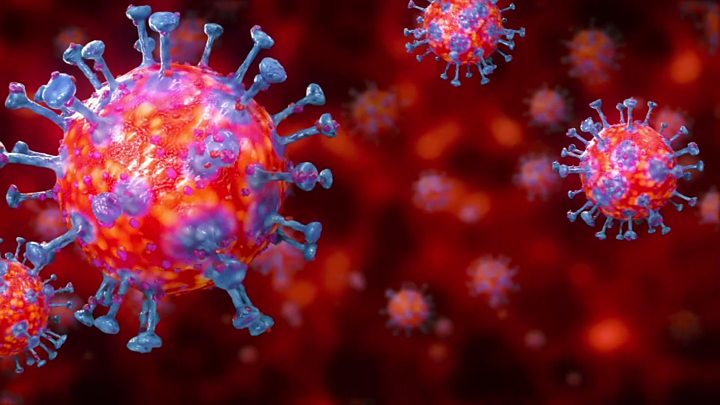Governments in states with low incidence of coronavirus — and there are many — should fill this decision void by allowing hospitals to proceed with surgeries and life-saving treatment maneuvers as soon as possible. Hospitals may need special Covid wards and other temporary facilities until there’re effective therapies and a vaccine available in the market at the fag end of this year or early next year.
We now have to try and return to a world reimagined for the age of coronavirus, where social distancing, appropriate hygiene standards and government-imposed restrictions for better public health management are infused into nearly every activity of ours — a way of life that is likely to persist until a vaccine or a treatment is found and ready for use in the market. We have to start living everyday life quarantine as being practiced in South Korea. The government authorities should release a well-researched guide containing advice on situations like going to the movies (“refrain from crowding the elevators or entry gate to the screens or shouting”) and attending social occasions (“fold your hands or wave at someone instead of shaking hands, hugging or even tapping on shoulders”).
The new social customs and mandates in Beijing, Hong Kong and Seoul, as well as Sydney, Australia and Taiwan — countries that have successfully controlled the pandemic offer a real-life preview of what might soon be common to people all over the globe. In these countries, people are going out — but physical distancing, masks, gloves, alcohol sprays and a few public restrictions have become the new normal. In Hong Kong, tables at restaurants are mandated to be spaced at least five feet apart and customers are handed over bags to store their face masks during dining. In South Korea, baseball games are devoid of fans and players can’t spit on the field. The spectator galleries are filled with colourful banners and mannequins to make the players have a feel of a full stadium. Hair salons in Sydney, are back in business with abundant supplies of masks, gloves and hand sanitizer. At some, magazines are no longer handed out to customers or beverages are no longer offered. A few governments are imposing guidelines on how many people can gather. In Sydney, residents are allowed to host only two guests at a time in their homes, while Hong Kong has prohibited more than four gatherings in public places. In Taiwan, this number goes up to 500 people at a time for outdoor gatherings. Also advisories recommend avoiding air travel and instead go for a drive as one knows where all the surfaces inside his/her car have been but not know the same about the aircrafts, and you share the closed interior of the car with your family or a few close associates whose health status you are more likely to know.
Out of all the challenges of resuming life after a lockdown, reopening the schools and educational institutes is the biggest. Classrooms are hotbeds of germs and close contacts physical and social. In Sydney phase-wise reopening of schools are in place, holding classes one day a week for a quarter of the students from each grade, and slowly expanding the class size until the end of June. In a Chinese city Hangzhou, an elementary school asked children to make their own hats with three-foot long cardboard wings to learn about social distancing. As they attended school with their hats, they answered questions from teachers about the incubation period, about coronavirus and its symptoms and precautions to be taken. In Taiwan, schools have cancelled the morning assemblies and mandated students to wear masks and wash their hands frequently, and to refrain from hugging, laughing close to one another or speaking while they eat and discouraged contact sports.
Technology is a big helping hand for governments and businesses that now has to adjust and adapt to the demands of social distancing. In Seoul, in some movie theatres robots are set to offer customers information like details on movie schedules, and the location of restrooms or elevators. Snacks are distributed through a zero hand touch automated kiosks. Apps are being used to track the health and travel history of residents, and they are mandated to show their data through QR codes to gain entry into restaurants, office buildings and apartment complexes.
Old standards are suddenly not good enough anymore. Physical distancing is one thing that is definitely here to stay. Many people in the countries that have come out of lockdown of weeks and months, say they are left with no choice but to embrace the changes to live with the virus as economic suicide will help no one, and they all are trying to come to terms with the restricted ways and spontaneity of life.

